The Yucatán Peninsula is a land of enduring mysteries, where the echoes of ancient civilizations resonate through jungle-clad ruins and vibrant modern cities. While sites like Chichen Itza and Uxmal command global attention, there’s a lesser-known, yet equally profound, archaeological marvel that holds a unique place in Maya history: Mayapan. Often overlooked, this walled city served as the final great Maya capital before the Spanish conquest, offering a fascinating glimpse into the twilight years of a once-dominant civilization.
For travelers seeking to venture beyond the well-trodden paths and experience the authentic heart of Maya civilization without the crowds, Mayapan is an essential pilgrimage. It’s a place where history feels palpable, inviting a deeper connection to the enduring spirit of the Maya people.
Mayapan’s Story: History and Significance
Mayapan emerged as the dominant political and cultural capital of the Yucatán Peninsula during the Late Postclassic period, flourishing from the 1220s until its abandonment around the 1440s. Unlike earlier Maya cities that were often ruled by a single dynastic lineage, Mayapan is believed to have been governed by a confederation of ruling lineages, with the Cocom family holding significant power.
This sprawling, walled city once housed an estimated 15,000 to 17,000 inhabitants within its approximately 4.2 square kilometers (1.6 square miles) of enclosed space. Its dense urban layout, with over 4,000 structures, mostly residences, packed tightly together, reflects its role as a bustling political, economic, and religious center.
The city’s eventual abandonment around 1441 CE is a subject of ongoing research, with recent archaeological findings suggesting a complex interplay of factors. While historical accounts often point to internecine battles between ruling lineages, new research indicates that prolonged periods of drought may have contributed to population decline and social unrest, ultimately leading to the city’s collapse. This makes Mayapan’s story a poignant reminder of the delicate balance between human society and its environment.

Architectural Echoes: Exploring Mayapan’s Structures
As you explore Mayapan, you’ll notice architectural styles that, while distinct, clearly show influence from earlier powerhouses, particularly Chichen Itza.
- El Castillo (Temple of Kukulcan): Dominating the ceremonial center is the main pyramid, El Castillo, also known as the Temple of Kukulcan. It’s a smaller, radial four-staircase temple with nine terraces, strikingly similar in design to the famous pyramid at Chichen Itza. You can still climb to the top of this pyramid, offering panoramic views of the entire site and the surrounding Yucatán landscape.
- The Walled City: Mayapan is famously a walled city, encircled by a formidable 9.1 km (5.65 miles) long stone perimeter wall with twelve gates, including seven major vaulted entrances. This impressive fortification underscores its military and strategic importance in the Postclassic period.
- Ceremonial Center: The heart of the city is a tightly packed cluster of temples, colonnaded halls, oratories, shrines, altars, and platforms. You’ll also find unusual round temples, which are rare in the Maya area and are believed to be linked to the deity Kukulkan/Quetzalcoatl in his wind god aspect.
- Residential Zones: Beyond the ceremonial core, extensive residential zones composed of dwellings and ancillary domestic structures are found. These houses were often arranged in small patio groups surrounding courtyards, reflecting the dense urban living of Mayapan’s inhabitants.
- A Notable Absence: Interestingly, unlike many other major Maya sites, Mayapan has no ballcourts.
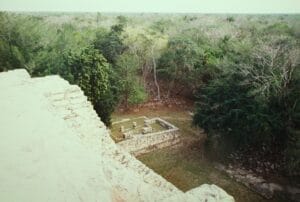


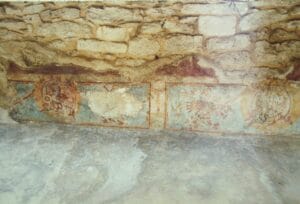
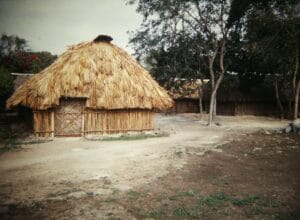
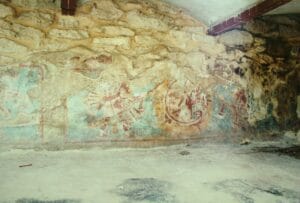
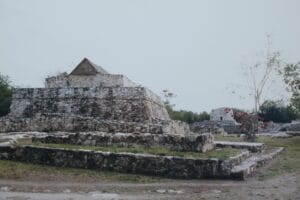
Recent Discoveries and Insights
Archaeological work at Mayapan has been ongoing for decades, with significant discoveries continually shedding new light on this fascinating city. Recent excavations have unearthed important artifacts, murals, stuccoes, and architectural elements, providing a clearer picture of daily life and elite activities.
One particularly intriguing finding relates to metalworking. Discoveries of copper bells and production debris, including casting sprues and miscast bells, suggest that metalworking was practiced at elite households within Mayapan. This indicates a diverse range of crafts and economic activities beyond agriculture.
Furthermore, recent research has provided compelling evidence linking periods of prolonged drought to the city’s decline. Analysis of calcite deposits in nearby caves detected a drought period between 1350 and 1430, which corresponds to a decline in Mayapan’s population. Researchers speculate that rival groups may have exploited this period of social unrest and food insecurity to launch attacks, ultimately leading to the city’s abandonment. This interdisciplinary approach, combining archaeology with climate science, offers a powerful narrative about the complex factors that shaped Maya history.
Visiting Mayapan Today: Your Authentic Journey
Mayapan is located approximately 40-50 kilometers (25-30 miles) southeast of Mérida, making it an excellent and easily accessible day trip for those staying in the Yucatecan capital.
- Getting There:
- By Car: Driving from Mérida is straightforward, taking about 40 minutes.
- By Bus: Buses to Mayapan depart from the “Terminal de Autobuses Noreste” in Mérida (Calle 67, No. 529). The bus journey takes around 1.5 hours.
- Organized Tours: Several tour operators offer guided excursions from Mérida that combine Mayapan with visits to nearby cenotes.
- Opening Hours & Entrance Fee: Mayapan is typically open daily from 8:00 AM to 5:00 PM. The admission fee for foreigners is considerably lower than more famous sites, usually around 65 Mexican Pesos (approximately $3.50 USD).
- What to Expect: One of the greatest benefits of visiting Mayapan is its tranquil, less crowded atmosphere. You’ll often find only a few other visitors on site, allowing for a more intimate and contemplative exploration. Unlike some major sites, you can still climb the pyramids here, offering fantastic views.
- Facilities: Mayapan has basic facilities, including restrooms, but it lacks extensive services like food vendors or a large on-site museum. It’s advisable to bring your own water and snacks.
- Time Needed: Allow 1-2 hours for a thorough exploration of the core archaeological zone.
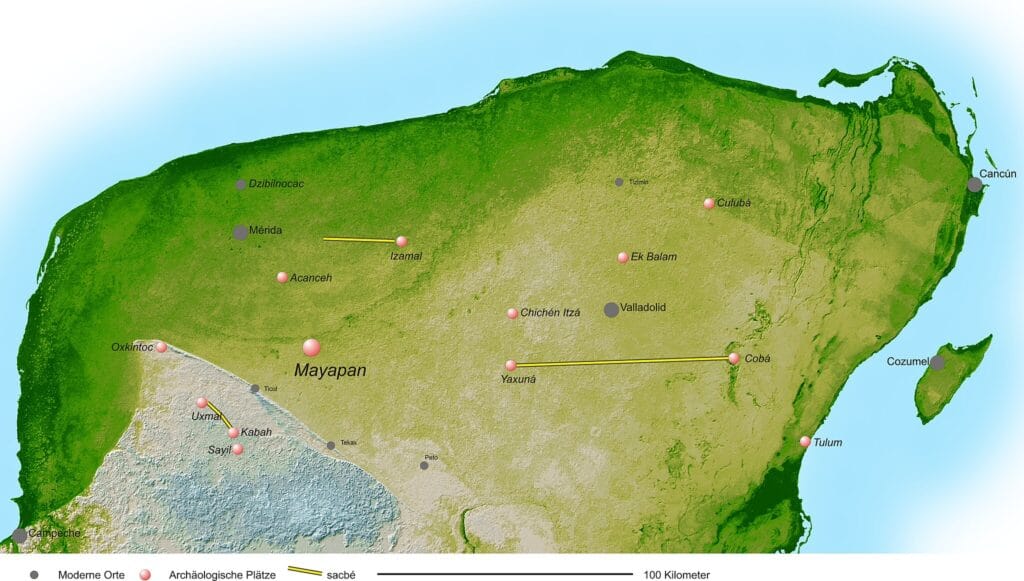
Combining Your Visit: Mayapan & Beyond
A trip to Mayapan can be seamlessly integrated into a broader exploration of the Yucatán’s natural and historical wonders:
- Cenote Adventures: Mayapan is unique in that it has numerous cenotes within its city walls, and several are open to the public for swimming and exploration. Tours often combine a visit to Mayapan with a refreshing dip in nearby cenotes like Santa Bárbara or Santa Rosa. This is a perfect way to cool off after exploring the ruins. You can find more about these incredible swimming holes in our [Link to your Ultimate Cenote Guide].
- The Puuc Route: While Mayapan has its own distinct architectural style, it can be combined with a visit to the nearby Puuc Route sites (like Uxmal, Kabah, Sayil, Labna, and Xlapak). These sites showcase the unique Puuc architectural style, characterized by intricate stone mosaics and elaborate facades, offering a comprehensive archaeological journey through the region’s history.
- Day Trip from Mérida: Mayapan is an ideal day trip from Mérida, allowing you to combine ancient history with the vibrant culture of the Yucatecan capital. 1
- Connecting to the Wider Maya World: Understanding Mayapan’s place in Maya history, particularly its relationship with earlier sites like Chichen Itza, enriches your overall appreciation of the Maya civilization. You can delve deeper into the broader context of Maya history in our.
A Deeper Dive into Maya History
Mayapan offers a unique and compelling window into the later periods of Maya civilization, a time of shifting power and enduring traditions. Its less-visited status provides an opportunity for a truly authentic and contemplative experience, allowing you to connect with the echoes of its 15,000 inhabitants without the bustling crowds.
By venturing to Mayapan, you’re not just seeing ruins; you’re stepping into the story of the last great Maya capital, understanding the forces that shaped its rise and fall, and appreciating the resilience of a culture that continues to thrive. It’s a journey that adds profound depth to your exploration of the Yucatán, inviting you to look beyond the familiar and discover the hidden legacies of Mexico.
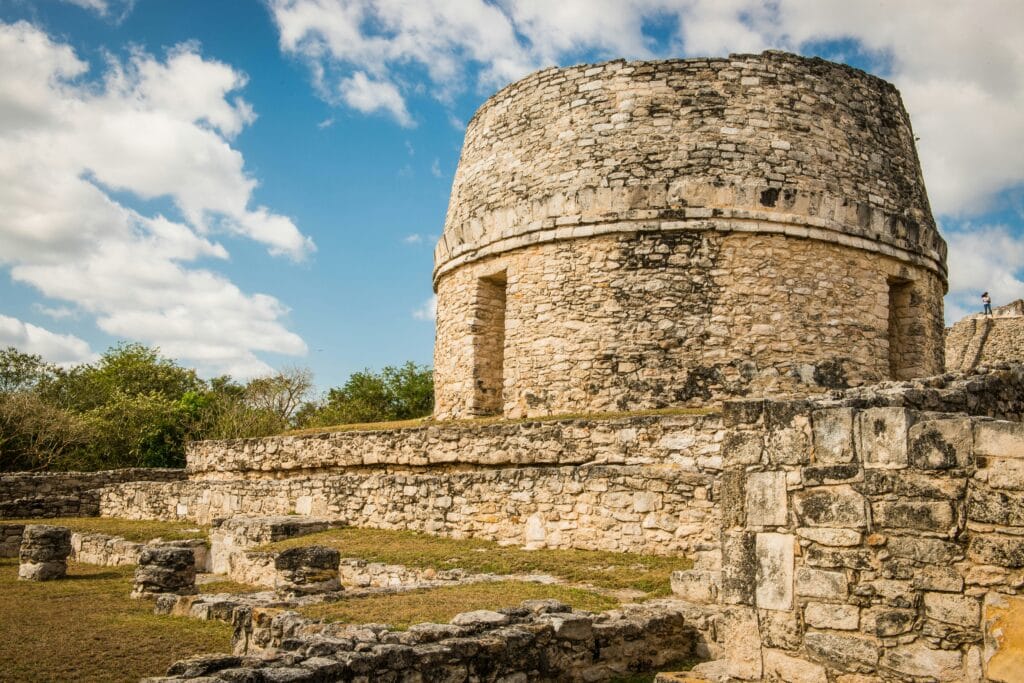
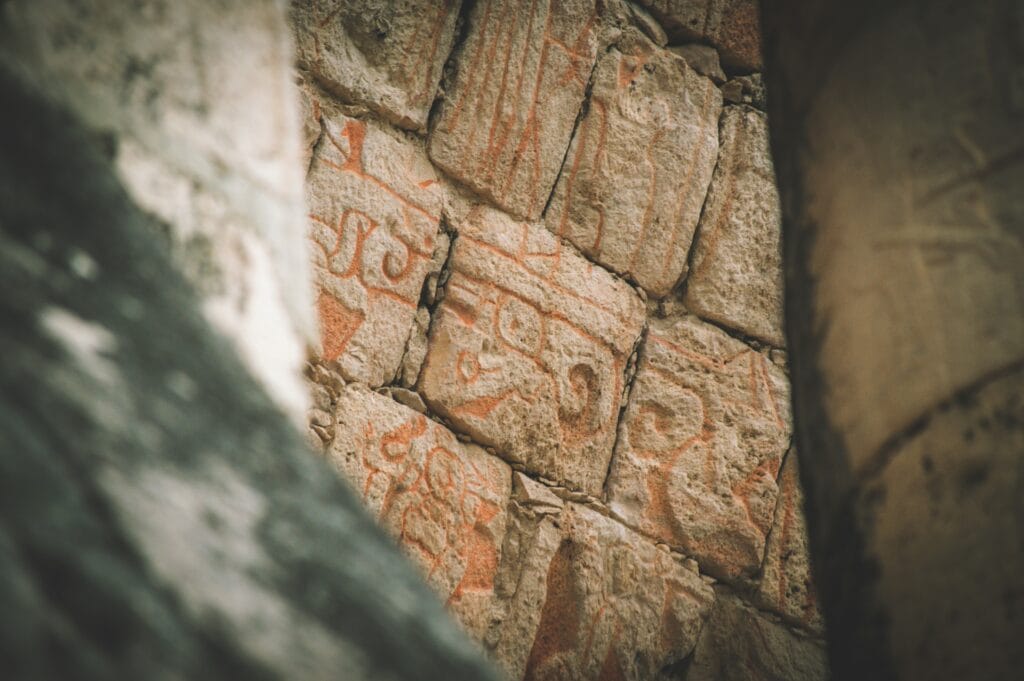
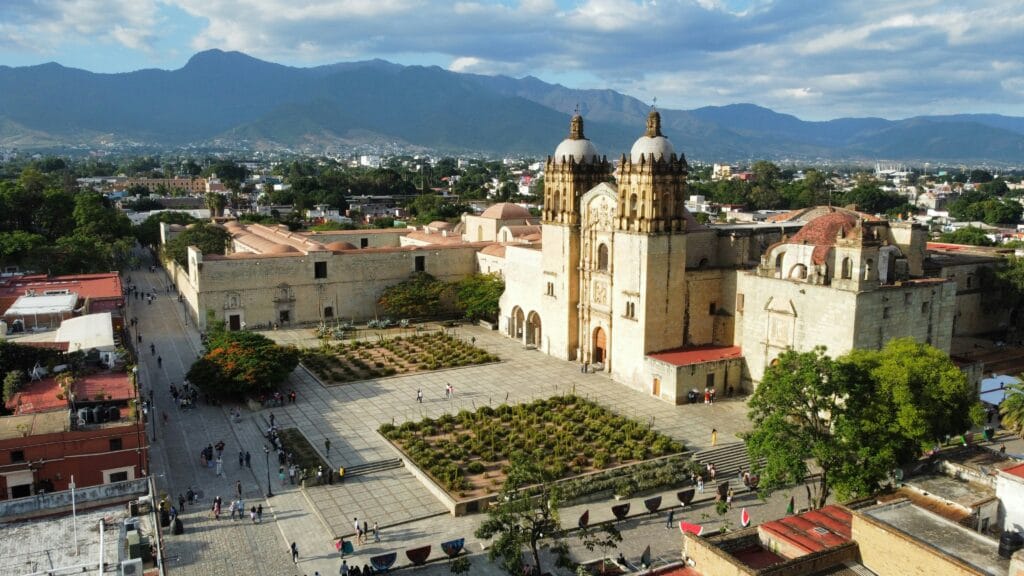
Woah! I’m really digging the template/theme of this blog.
It’s simple, yet effective. A lot of times it’s very difficult to get that
“perfect balance” between user friendliness and visual appeal.
I must say you have done a superb job with this.
Also, the blog loads very quick for me on Chrome. Superb Blog!